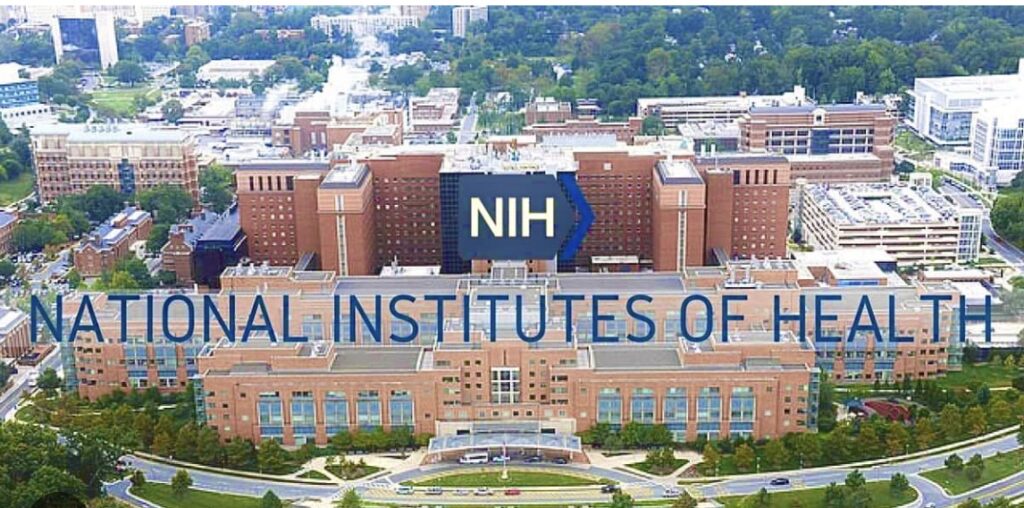1. The Origin of the Red Wine Myth & the Resveratrol Scandal
Dr. Dipak K. Das and the Science Fraud That Started The Great Alcohol Lie
One of the foundational pillars for the “wine is good for you” narrative came from the work of Dr. Dipak K. Das, longtime director of the Cardiovascular Research Center at the University of Connecticut. Das published many studies reporting that red wine’s health benefits came through resveratrol — an antioxidant compound present in grapes, peanuts, and some berries. But there are some critical facts:
- Resveratrol is extremely insoluble in water, only present in tiny quantities in wine, and very poorly absorbed in human physiology.
- Das’s published data often claimed much higher resveratrol concentrations or much stronger effects than what independent measurements would support.
- After a University of Connecticut investigation, Das was found guilty of 145 counts of fabrication or falsification of data.
- Numerous papers by Das were retracted (as of the investigations through 2023-2024, more than twenty two have been pulled).

Dipak Das — the scientist behind the fraudulent red wine resveratrol studies that fueled the myth of wine’s health benefits.






